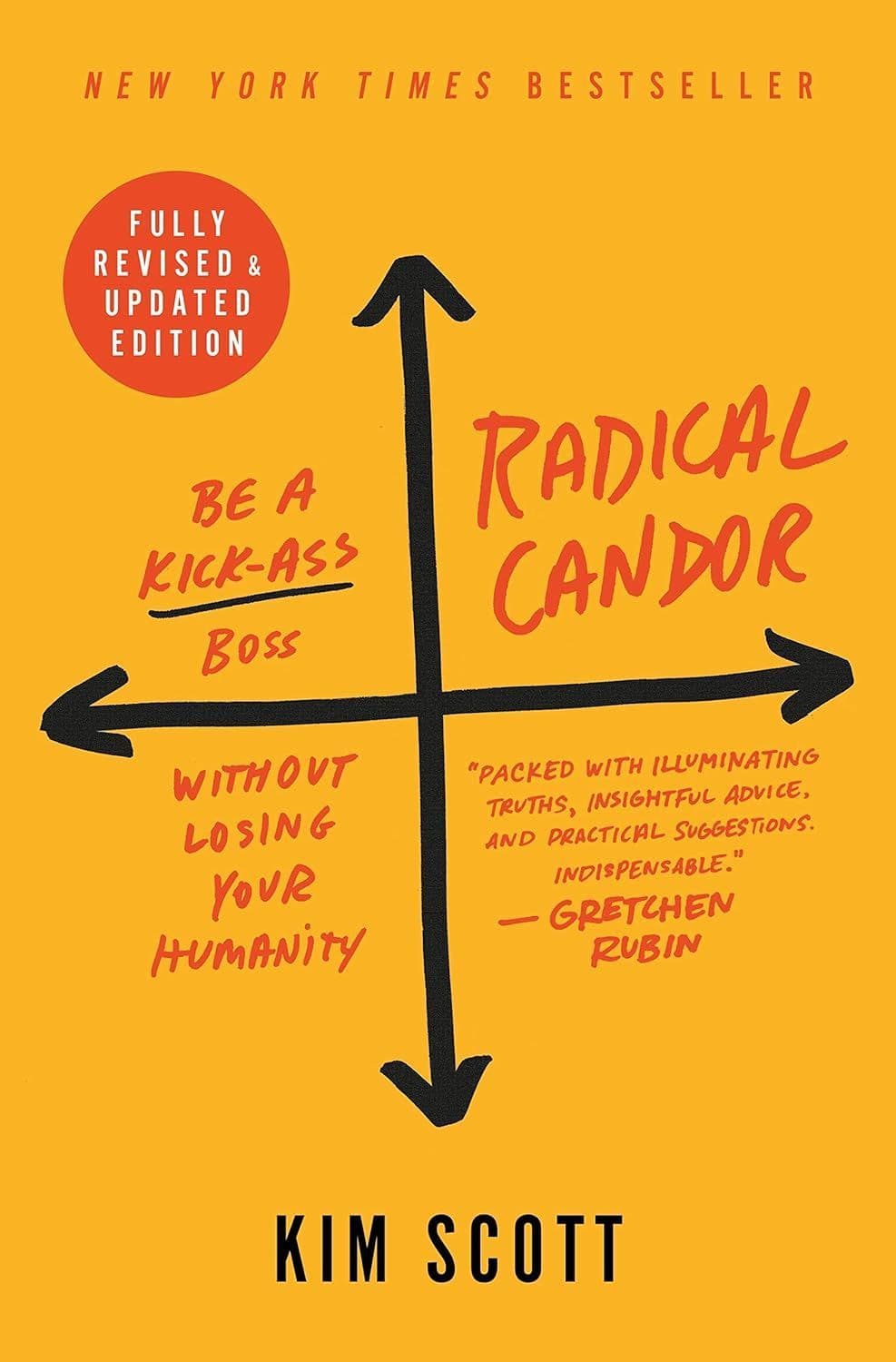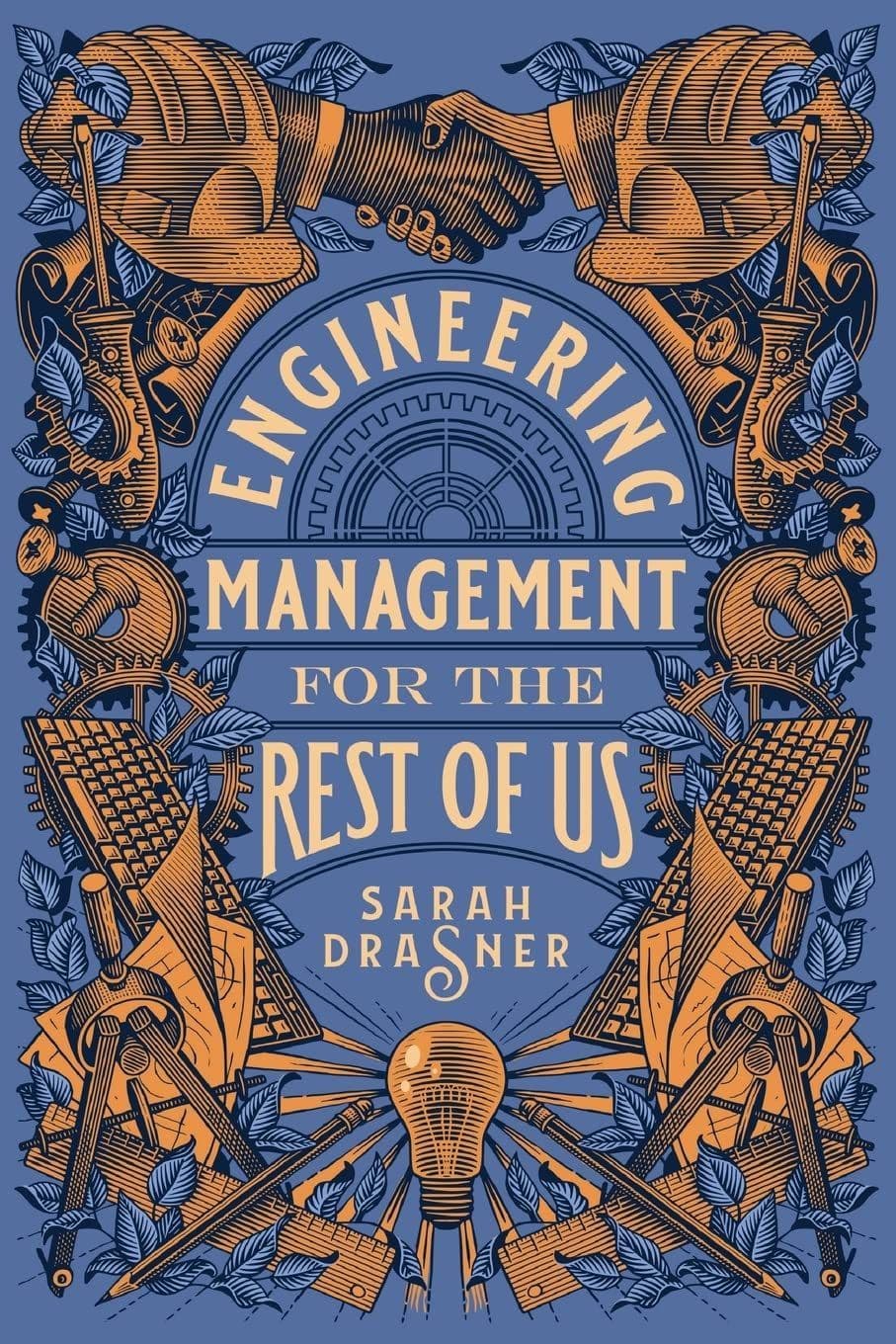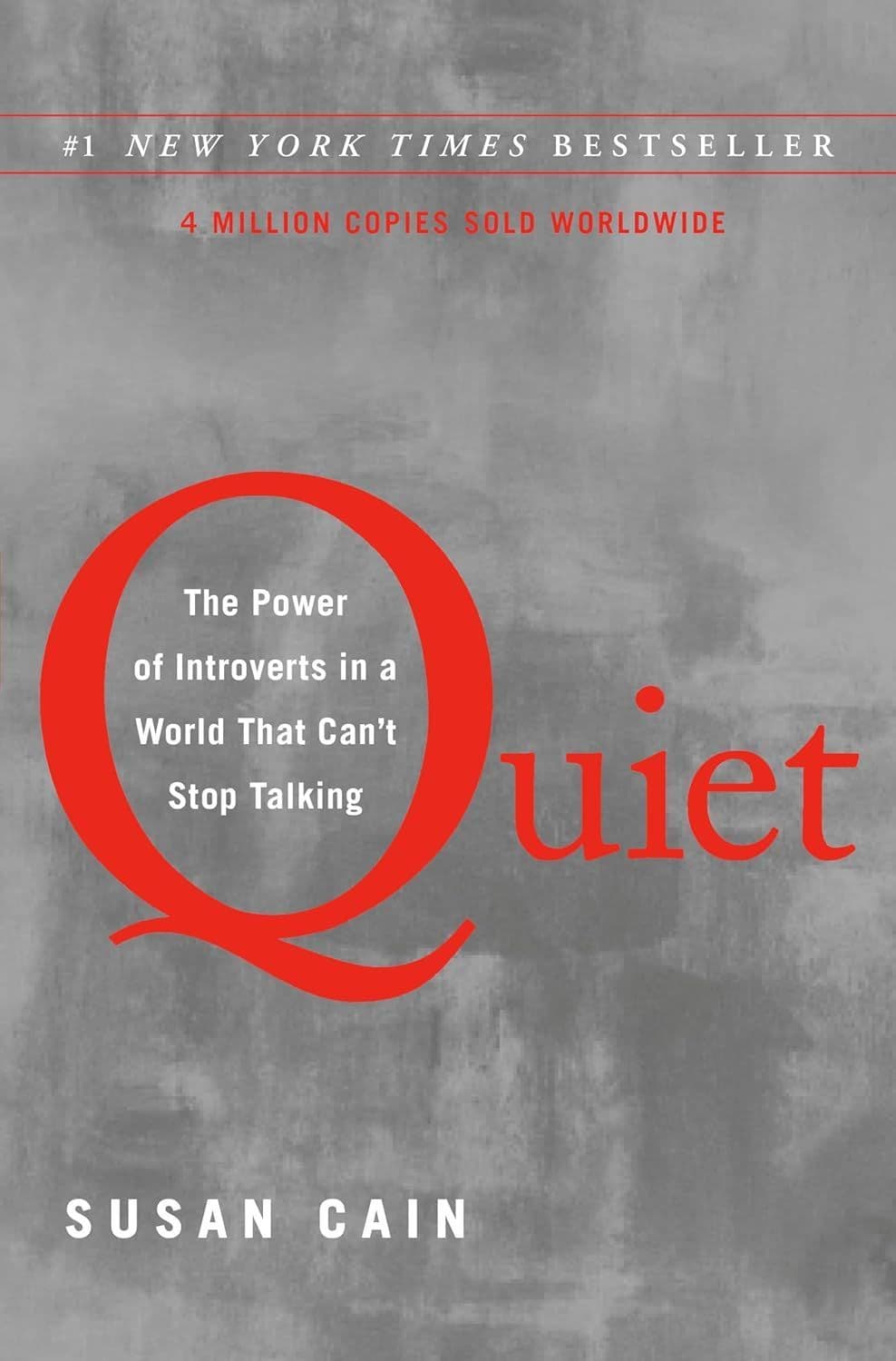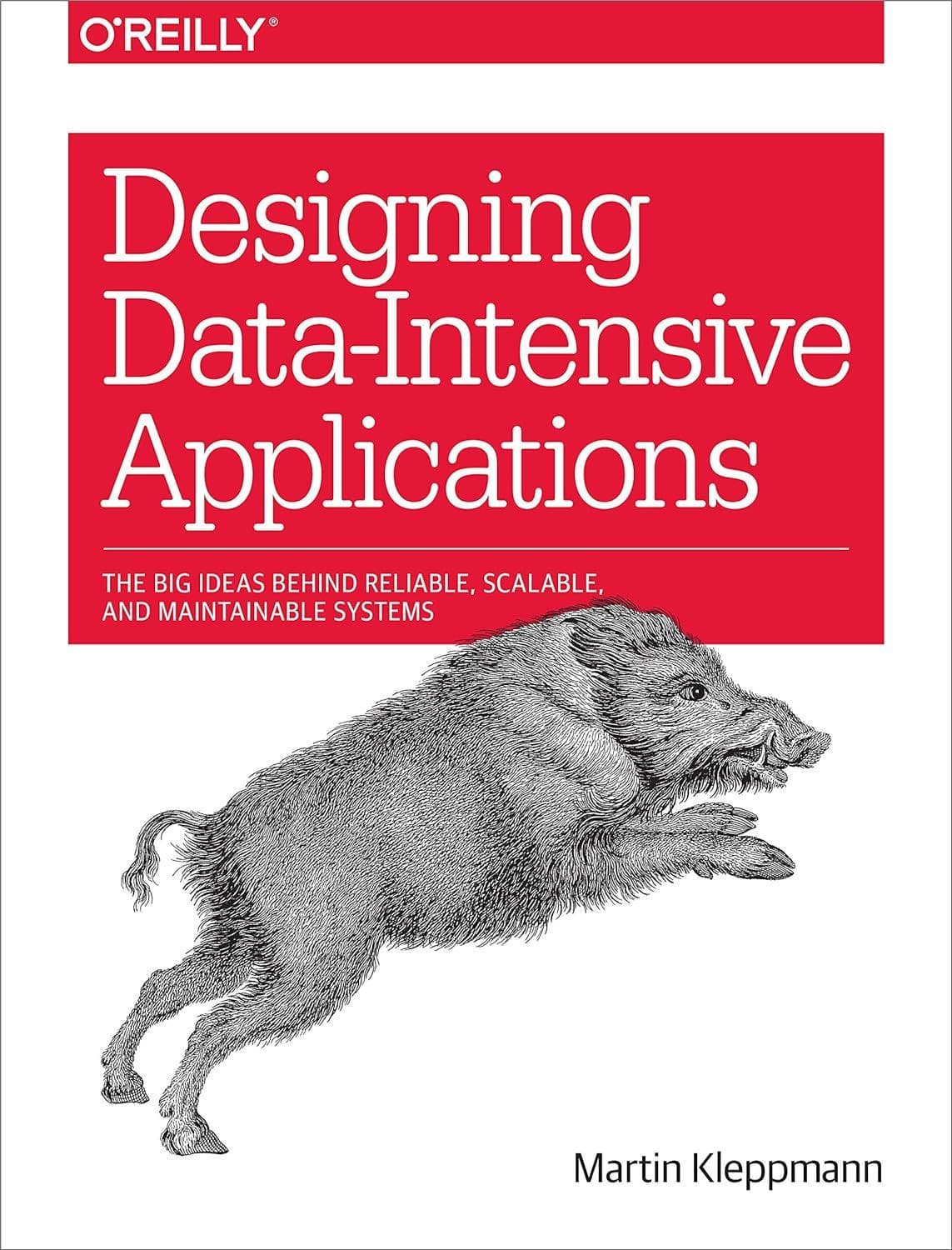My Reading & Listening List
Here’s a selection of books related to my work that I have read and would recommend to others.

The Pragmatic Programmer
by Andrew Hunt & David Thomas
This book is my absolute must read recommendation for everyone working on software products. Besides practical programming tips which are always on a high level and language independent, it also provides a lot of advice for product development in general.

Radical Candor
by Kim Scott
Although the book is targeted towards leadership, I would consider it as a must read for everyone working in a somehow modern environment.
It provides deep insights into the value of direct and open communication and more importantly Kim Scott has guides on how to implement the necessary culture and trust to reach this style of communication while staying friendly.

Engineering Management for the Rest of Us
by Sarah Drasner
Most engineering managers did not study management, but started in a technical role as a software developer and at some point got more and more management responsibilities. Sarah Drasner put this experience now into a book giving loads of useful practical tips.

No Rules Rules
by Erin Meyer & Reed Hastings
Netflix is famous for their work culture, which catapulted the company into the esteemed group of FAANG.
The combination of Erin Meyer as external observer and Reed Hastings as internal source provides honest insights into the history of Netflix, how the culture was formed, what it enables, but also limitations.

How to Measure Anything
by Douglas W. Hubbard
This book is a wonderful guide on how to put some data behind your arguments.
Douglas W. Hubbard shows a practical approach on how to start asking the right questions so you can start to gather measurable results. My personal biggest learning from the book is to use data from the beginning. Even if you don't have many data points, they can provide some direction from the beginning and with every additional input your vision gets sharper.

Quiet
by Susan Cain
As an introvert it's of course always nice to read about the strengths of introverts, but Susan Cain goes into more depth. She dissects the different dimensions building a personality and how they interact. The book shows the different needs of different personalities and how to act on them, and is a useful read not only for introverts but also (perhaps even more) for extroverts.

Designing Data-Intensive Applications
by Martin Kleppmann
Nowadays software systems are almost always data intensive, which makes the book by Martin Kleppmann a useful foundation.
The depth and complexity of the discussed examples and patterns provide a lot of value, but also make it a bit harder to read.